In the lead up to the Dallas String Quartet’s new album in collaboration with the London Symphony Orchestra, ROMANI: The Untold Story, violist and composer Ion Zanca explains how the violin has come to symbolise the Romani people’s resilience and cultural identity

Discover more Featured Stories like this in The Strad Playing Hub
The Romani people, often known by the racial slur ‘Gypsies’, possess a rich cultural heritage that stands out through their unique traditions, language, and especially their music. Originating from northern India over a thousand years ago, the Romani have journeyed across Europe, facing centuries of marginalisation and persecution. Their plight reached a devastating zenith during World War II, when the Nazi regime targeted them for extermination in the Porajmos, or the ’Devouring’. Amidst this harrowing period, the Romani’s music, particularly their violin playing, became a poignant symbol of their resilience and cultural identity. This article explores how the violin became an instrument of survival for many Romani people during this dark period and how these dire circumstances led to the development of a distinctive, emotionally charged style of playing that would leave a lasting impact on the musical world.
Historical context and persecution
The Romani have endured prejudice and discrimination throughout their history in Europe. Anti-Romani sentiment, fueled by stereotypes and xenophobia, led to social ostracism, legal discrimination, and violence prior to World War II. This historical discrimination was exacerbated under Nazi ideology, which deemed them racially inferior and a threat to the so-called Aryan purity.
The persecution of the Romani during World War II mirrored that of the Jews, with the Nazi regime enacting policies aimed at their annihilation. The Romani were subjected to forced sterilisations, deportations, and mass executions. They were interned in ghettos, concentration camps, and extermination camps, where they faced starvation, forced labour, and medical experimentation. It is estimated that between 1 million and 1.5 million Romani were killed during the Holocaust.
The Role of music in Romani culture
Music is a vital part of Romani culture, serving as a powerful means of social and cultural expression. Among their many musical talents, Romani musicians, especially the ’Lăutari’ of Eastern Europe, are particularly renowned for their mastery of the violin. Their influence on classical music is profound, as they have seamlessly woven their rich heritage with local traditions to create vibrant, emotive compositions that have captivated audiences for centuries.
The violin holds a special place in Romani musical tradition due to its extraordinary expressive range, making it the perfect instrument to convey the complex emotions and themes that permeate Romani music. This music, often characterised by its improvisational brilliance, intricate rhythms, and deep emotional resonance, embodies the essence of the Romani spirit. A distinctive feature of Romani violin playing is the wide, intense vibrato, especially in the higher registers, which often defies classical norms.
This bold approach, driven by the desire to fully express emotion, led to performances that could be both heart-wrenching and exhilarating, as if the violin itself were weeping or dancing with joy.
The Romani violin style is defined by a striking contrast between slow, soulful passages and rapid, almost frenzied dances, creating a dynamic and captivating musical experience. The sharp endings, dramatic accelerandos, and the raw, unfiltered emotionality of their playing are not just techniques but a unique stylistic expression that has deeply influenced classical composers. Brahms and Liszt, among others, recognised and embraced this passionate, unrestrained style, incorporating it into their own works, thus ensuring that the legacy of Romani violin playing continues to resonate within the classical music canon.
Music as a Form of Resistance and Resilience
During the Holocaust, Romani music, especially string instruments, became a means of psychological survival and resistance against the dehumanising conditions they faced. In the ghettos and camps, Romani musicians continued to play, maintaining a vital connection to their cultural identity amidst the brutality and despair. Music provided a semblance of normalcy and humanity, a reminder of their rich cultural heritage in the face of an existential threat.
In some instances, Romani musicians were coerced into playing for their captors, both in the camps and for Nazi officials. Even under duress, the Romani used their musical talents to gain favors with the officers and receive food or just to avoid being shot. I remember my grandfather telling me how they often had to play for drunk officers, pretending they were celebrating with them and hoping none of them would start shooting.
The life of a Romani musician didn’t hold much value. Bringing home any food scraps from these gatherings often meant the difference between starvation and survival. Whether through their wits or their violins, the Romani refused to give up hope. The act of playing music became an act of resistance, a refusal to be completely subdued by their oppressors.
Today, Romani music continues to be celebrated and recognised for its significant cultural contributions. Musicians like Django Reinhardt and Grigoras Dinicu, who was once called by Jascha Heifetz the best violinist he had ever heard, and contemporary Romani artists such as Robby Lakatos have brought global attention to the richness of Romani musical traditions. Moreover, the acknowledgment of the Porajmos has gradually increased, with efforts to honor and remember the Romani victims of the Holocaust becoming more prominent in historical discourse and commemorations.
Despite enduring one of the darkest chapters in human history, the Romani people steadfastly preserved their cultural identity through the enduring power of music, particularly through the soulful melodies of the violin. The violin, always by their side, became more than just an instrument; it was a lifeline. While poverty and lack of formal education limited their access to other instruments, the violin, easily portable and deeply rooted in their history, was passed down through generations, becoming an integral part of their cultural heritage.
For the Romani, music was not merely a means of survival but a profound act of resistance.
Ion Zanca’s Dallas String Quartet will release their new album ROMANI: The Untold Story, composed by Zanca, on August 23. It is a musical tribute that honours the overshadowed history and suffering of the 1.5 million Romani lives taken during the Holocaust. In collaboration with the London Symphony Orchestra, the album’s five songs explore this dark chapter while celebrating the resilience and rich musical heritage of Romani culture. Find more information here.
Read: Whatever happened to improvisation in classical music?
Discover more Featured Stories like this in The Strad Playing Hub
The number one source for playing and teaching books, guides, CDs, calendars and back issues of the magazine.
In The Best of Technique you’ll discover the top playing tips of the world’s leading string players and teachers. It’s packed full of exercises for students, plus examples from the standard repertoire to show you how to integrate the technique into your playing.
The Strad’s Masterclass series brings together the finest string players with some of the greatest string works ever written. Always one of our most popular sections, Masterclass has been an invaluable aid to aspiring soloists, chamber musicians and string teachers since the 1990s.
American collector David L. Fulton amassed one of the 20th century’s finest collections of stringed instruments. This year’s calendar pays tribute to some of these priceless treasures, including Yehudi Menuhin’s celebrated ‘Lord Wilton’ Guarneri, the Carlo Bergonzi once played by Fritz Kreisler, and four instruments by Antonio Stradivari.


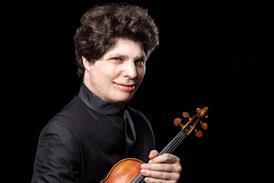

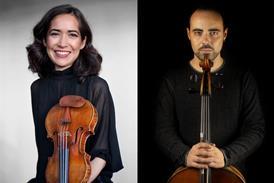
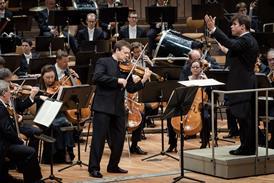
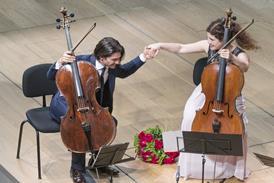
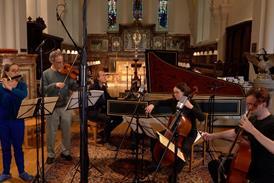

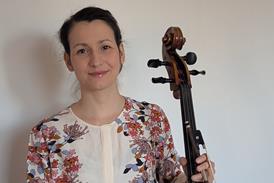
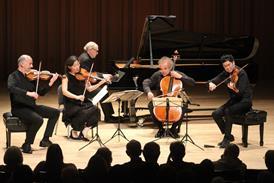
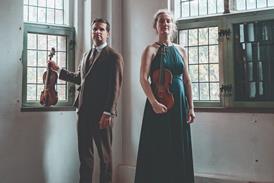

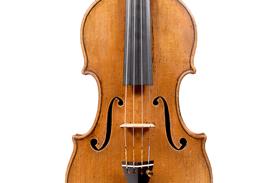
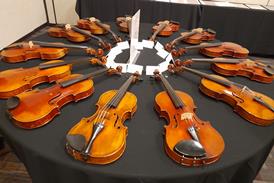
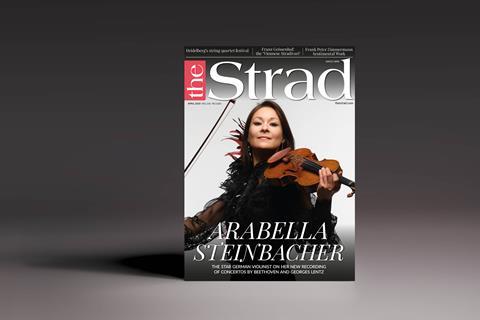




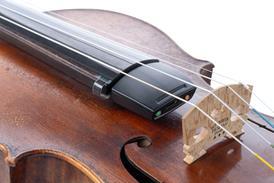

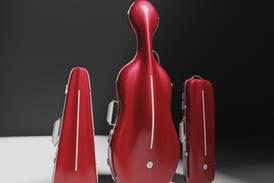





![[1] Army Strings White House pc Staff Sgt. Brittany Primavera](https://dnan0fzjxntrj.cloudfront.net/Pictures/100x67/1/6/2/36162_1armystringswhitehousepcstaffsgt.brittanyprimavera_858924_crop.jpg)









No comments yet